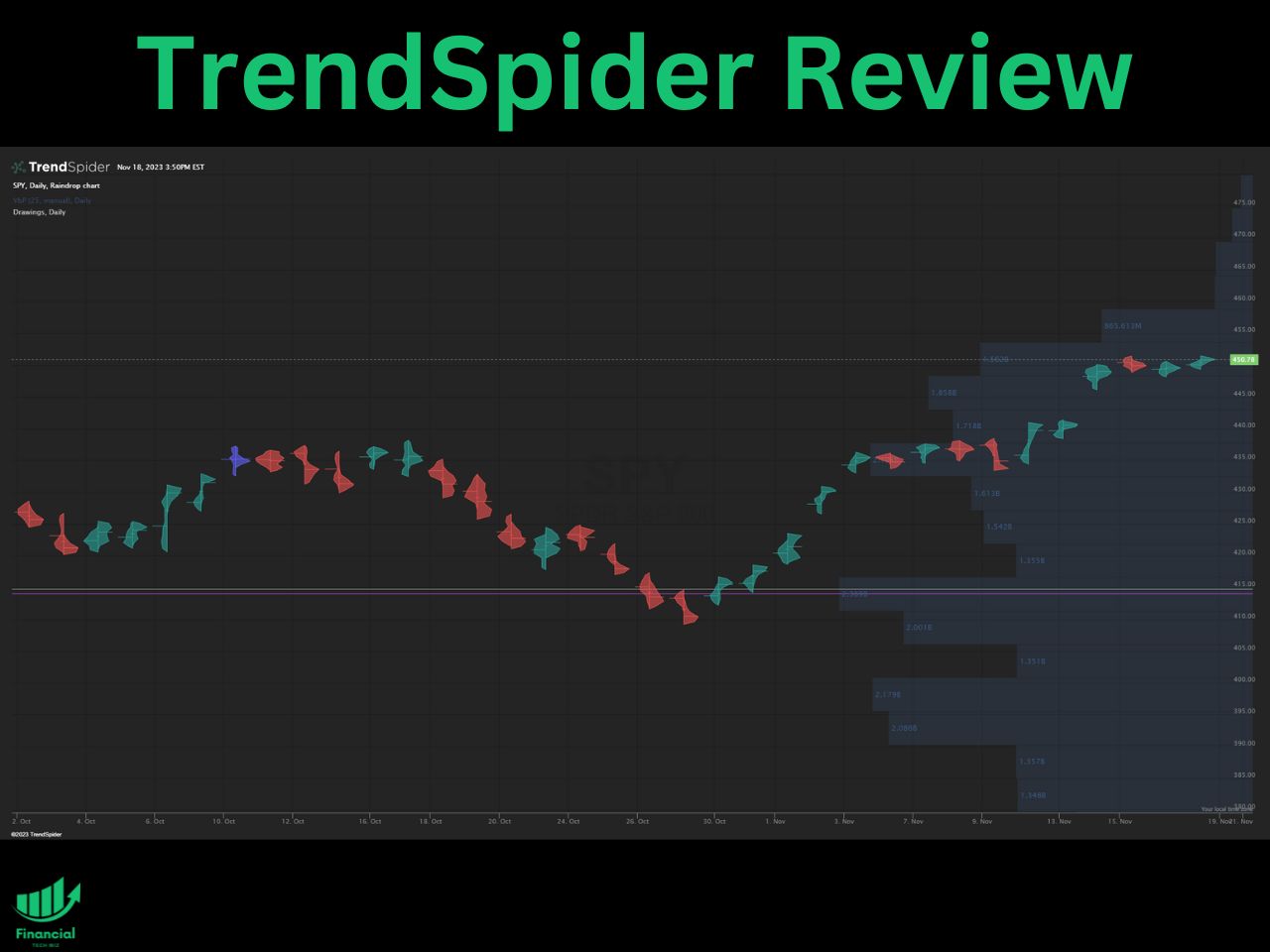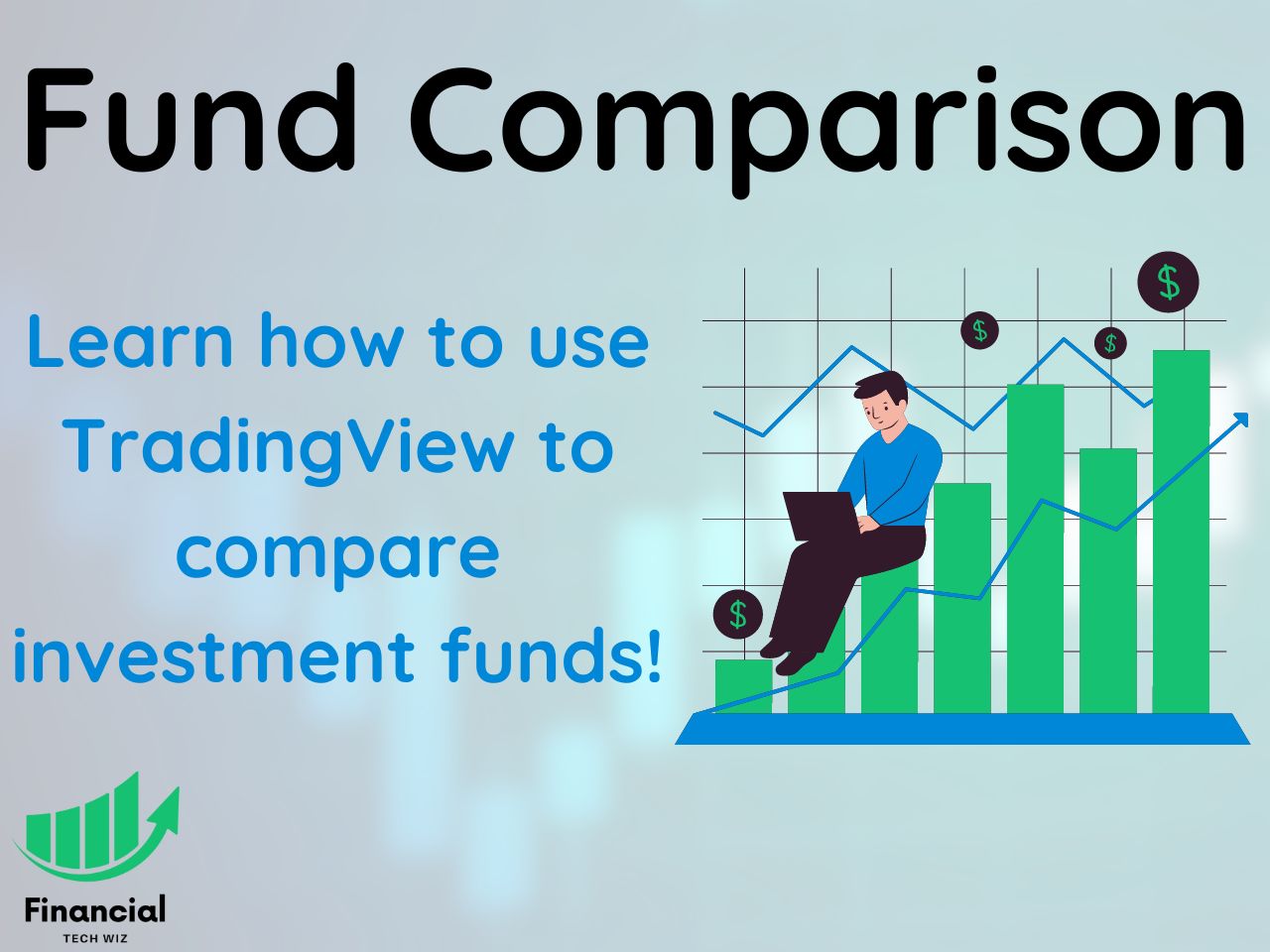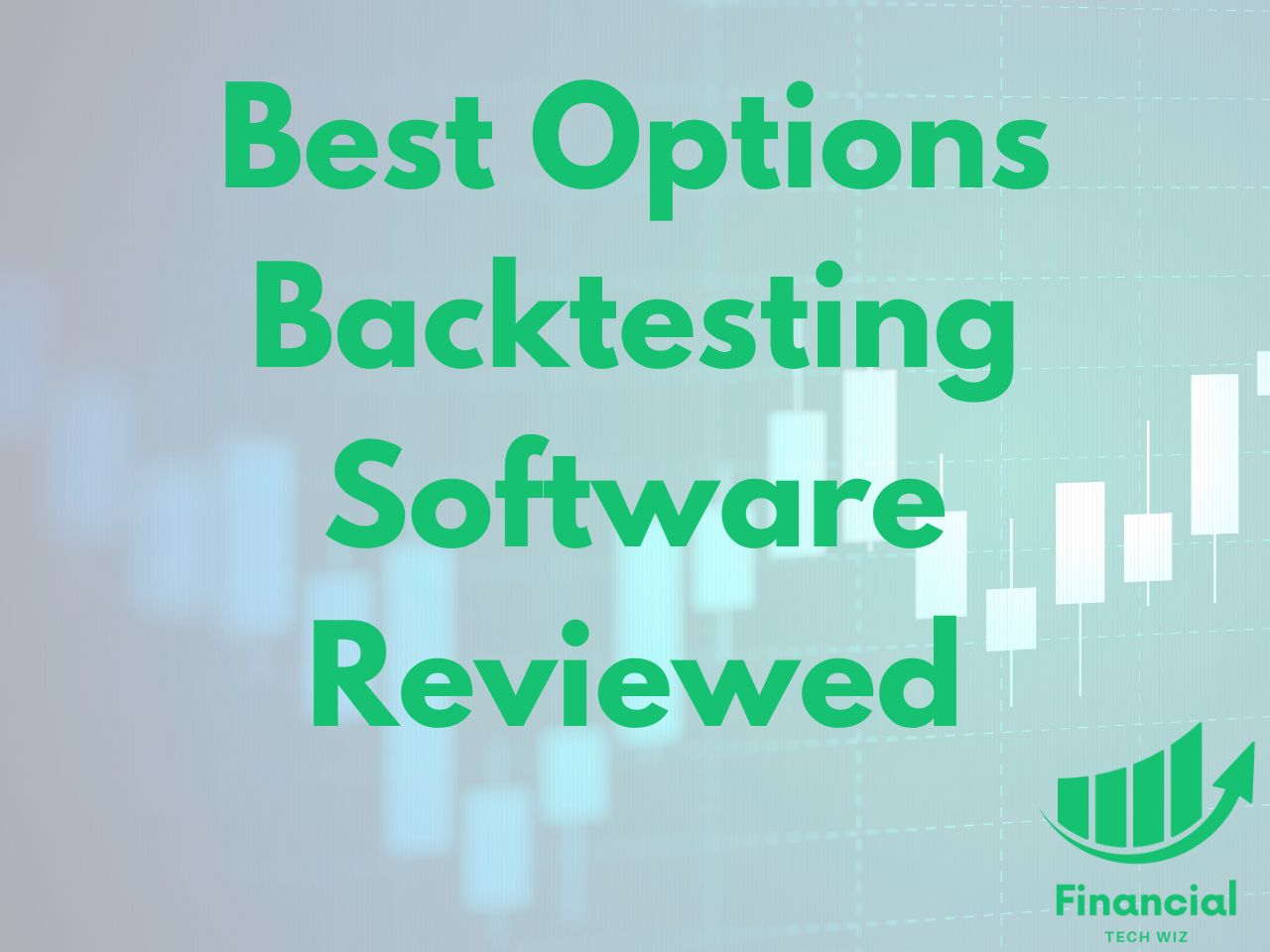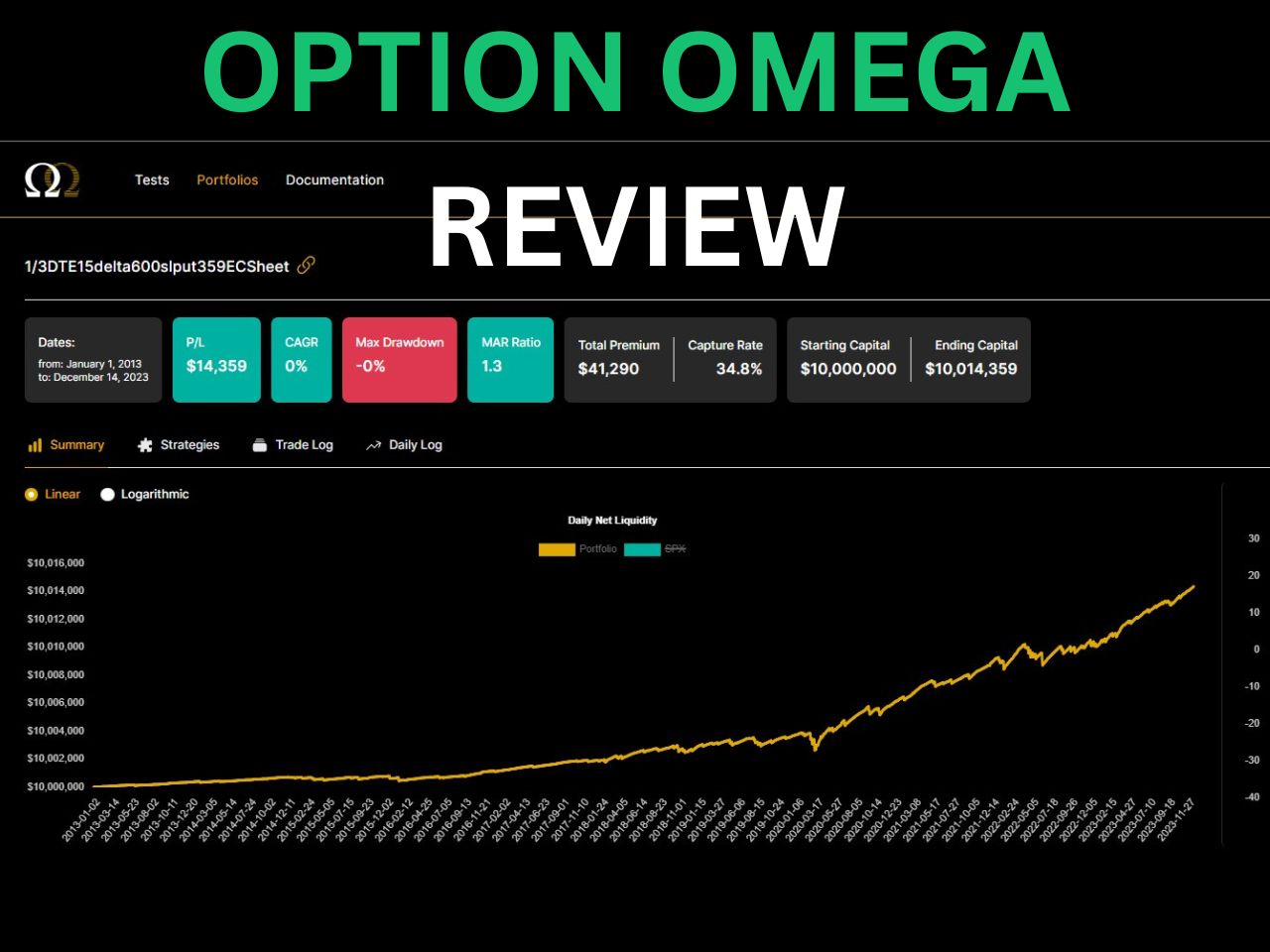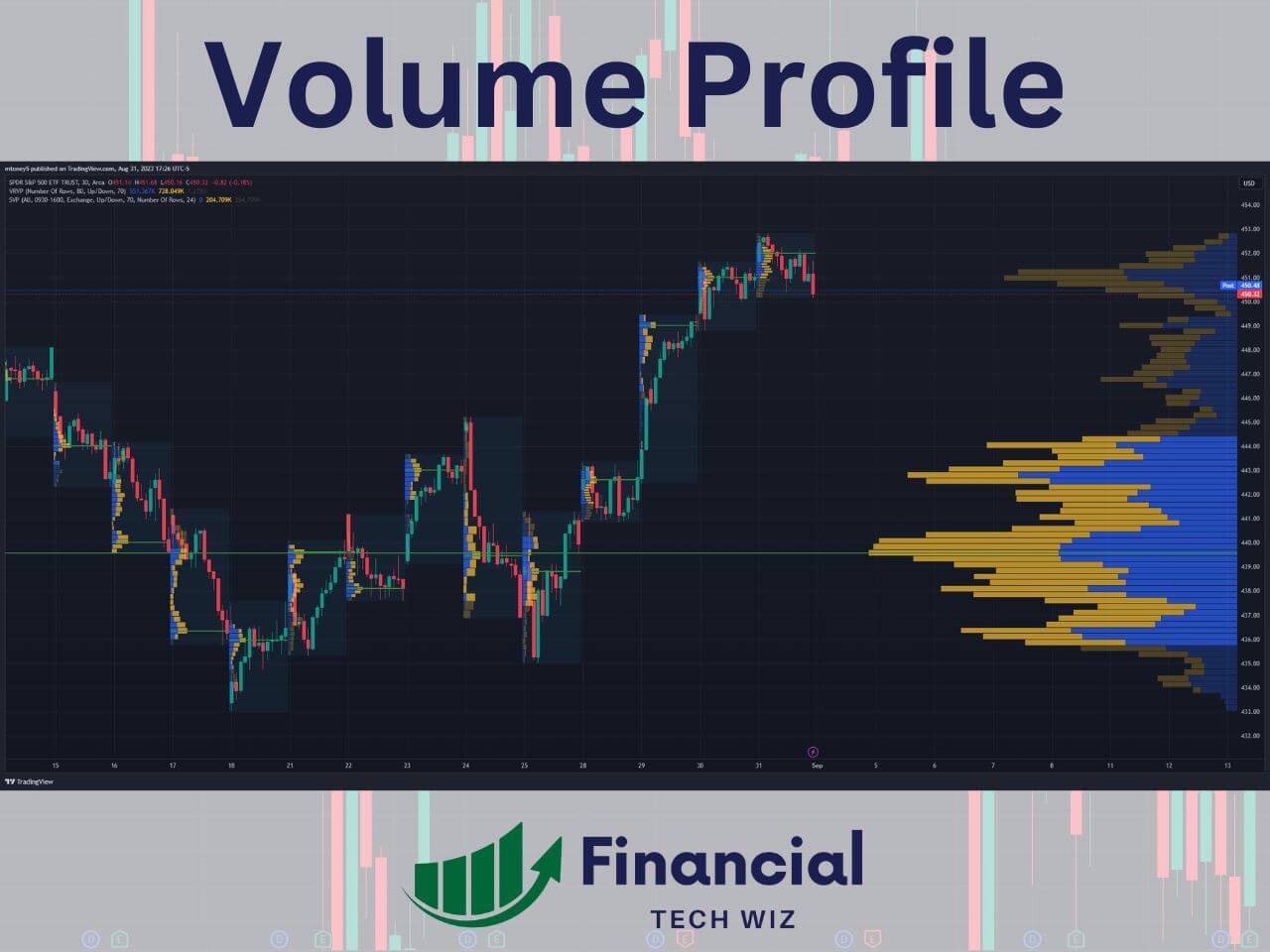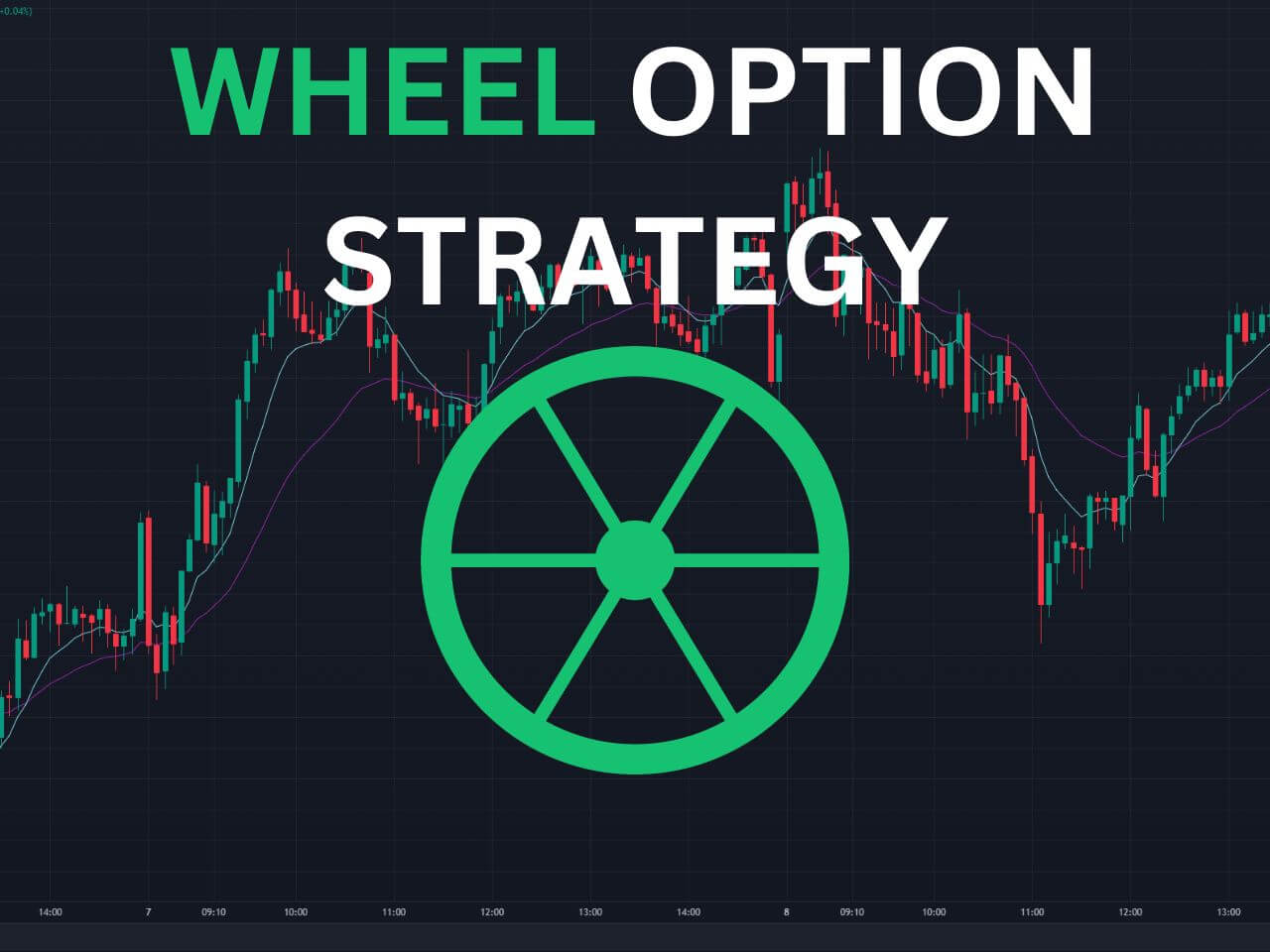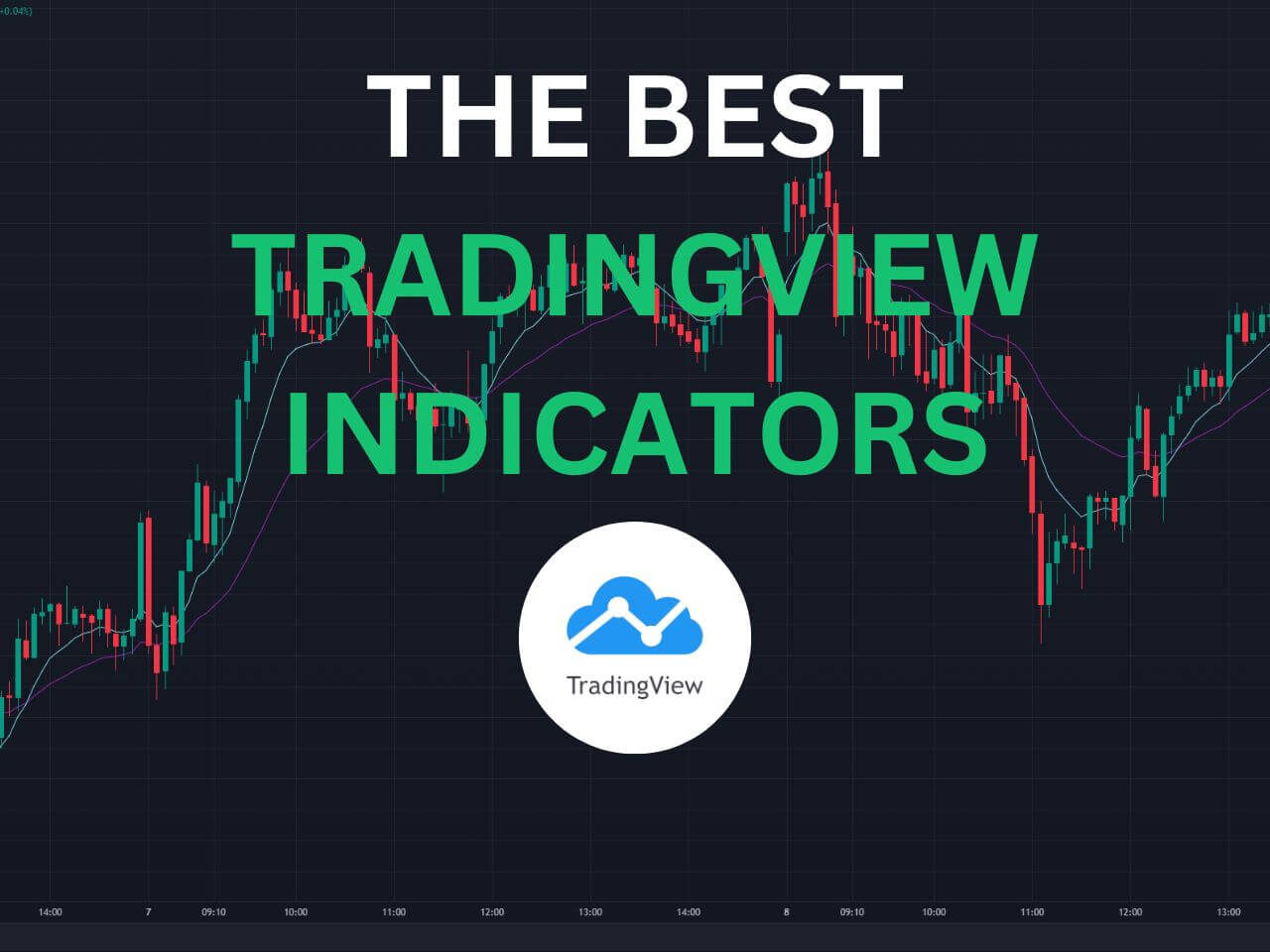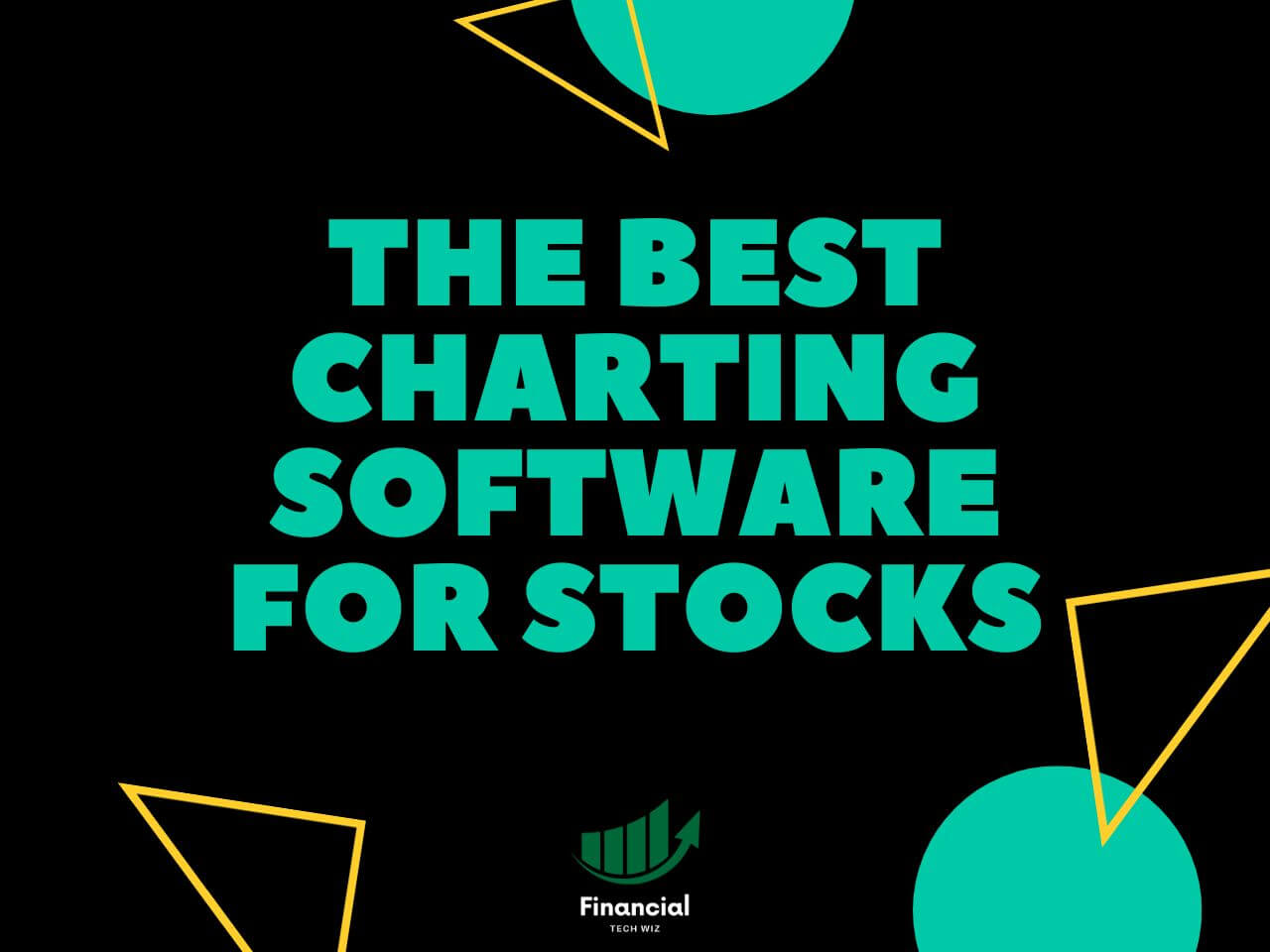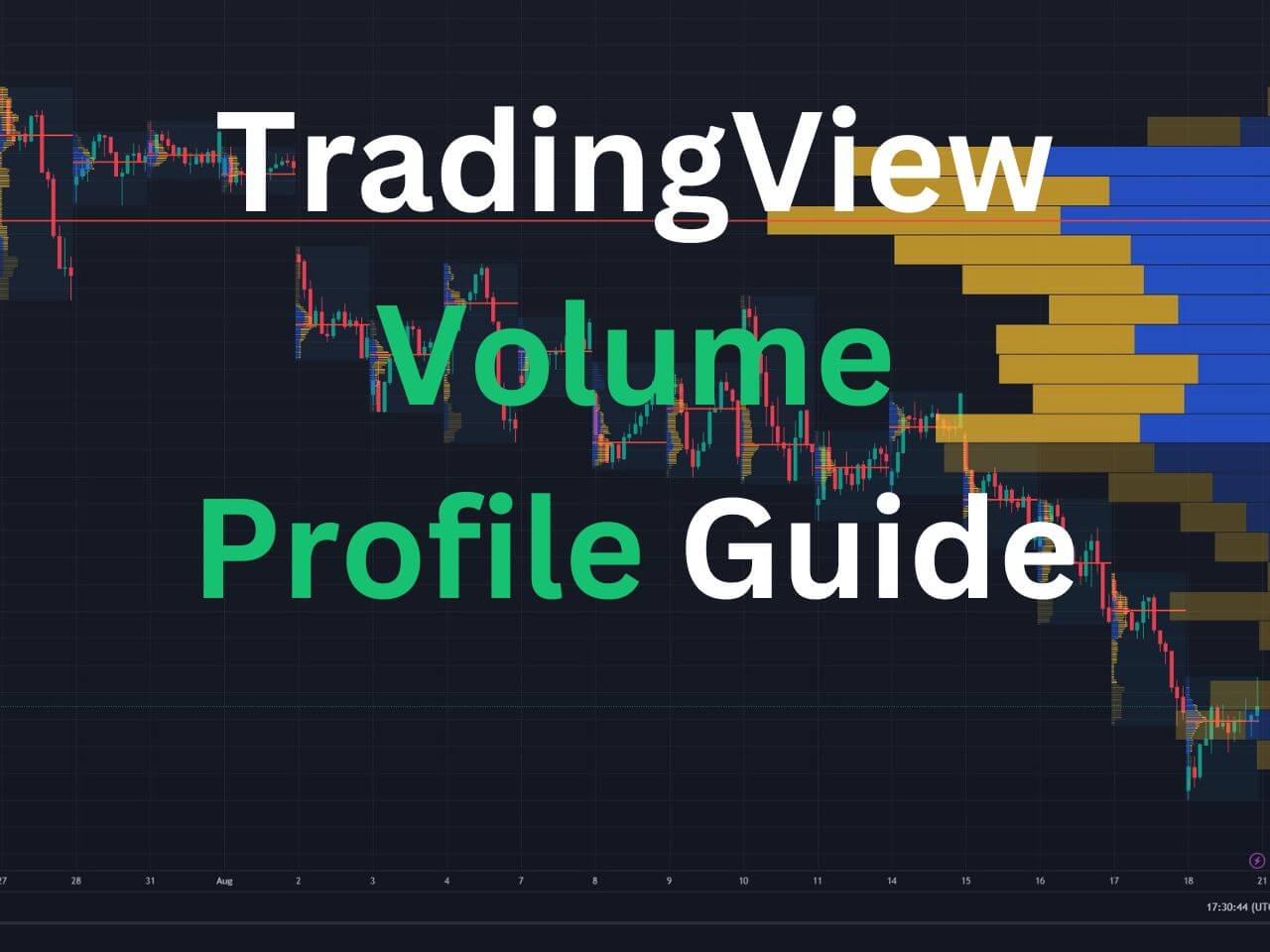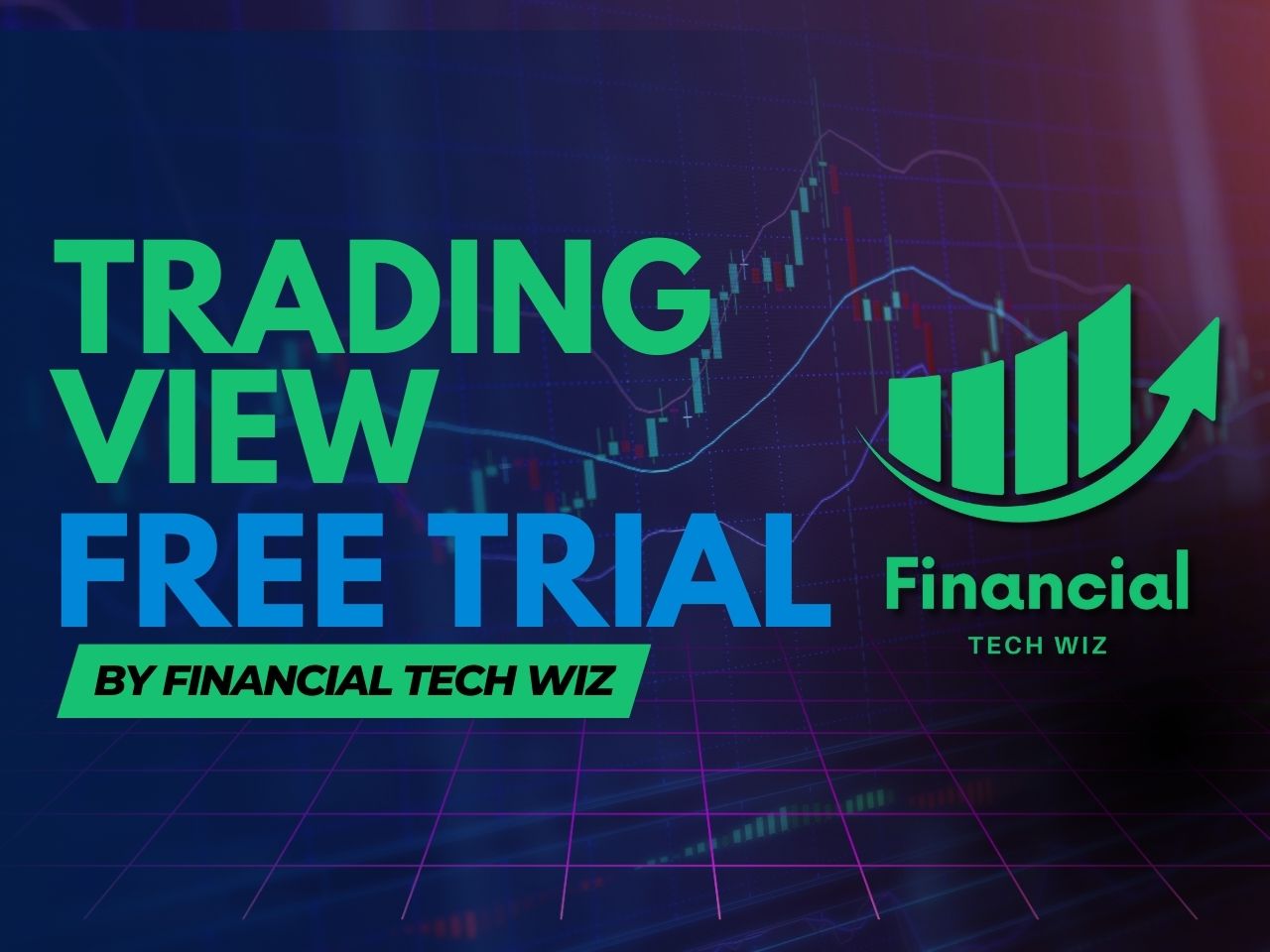What is Rich Dad Poor Dad, and Why Should You Read It?
If you are looking for a book that can teach you how to achieve financial freedom and wealth, you may have heard of Rich Dad Poor Dad by Robert Kiyosaki and Sharon Lechter. This book is a personal finance classic that has sold over 32 million copies worldwide and has been translated into 51 languages. Many influential figures, such as Oprah Winfrey, Will Smith, and Donald Trump, have praised it.
Disclosure: This post contains affiliate links from Amazon and TradingView. As an Amazon Associate, I earn from qualifying purchases. This means that if you click on these links and make a purchase, I will receive a small commission at no extra cost to you.
But what is Rich Dad Poor Dad about, and what makes it so popular? The book’s main premise is to compare and contrast the financial philosophies of two father figures: the rich dad and the poor dad. The rich dad is Kiyosaki’s biological father, who was a highly educated and successful businessman. The poor dad is Kiyosaki’s best friend’s father, who was a well-paid but struggling employee.
The book shows how the rich dad and the poor dad had different attitudes and behaviors toward money, which resulted in different levels of wealth and happiness. The book also reveals the main goal of the rich dad, which was to help Kiyosaki develop financial literacy and acquire assets that generate passive income. The book aims to help readers do the same by teaching them the secrets of the rich that are not taught in school.
A Brief Summary of Each Chapter
The book consists of six chapters, each covering a different aspect of financial education and wealth creation. Here is a brief summary of each chapter:
Chapter 1: The Rich Don’t Work for Money
- This chapter explains how the rich dad taught Kiyosaki the difference between working for money and having money work for you. It also introduces the concept of the cash flow quadrant, which shows four ways of generating income: employee, self-employed, business owner, and investor. The chapter emphasizes the importance of becoming a business owner or an investor, as they are the ones who benefit from tax advantages, leverage, and passive income.
Chapter 2: Why Teach Financial Literacy?
- This chapter discusses how financial literacy is the key to building wealth and achieving financial freedom. It also defines what an asset and a liability are and how they affect your cash flow. The chapter stresses the importance of acquiring assets that produce income, such as real estate, stocks, bonds, or businesses. It also warns against acquiring liabilities that consume income, such as cars, clothes, or gadgets.
Chapter 3: Mind Your Own Business
- This chapter encourages readers to mind their own business, which means focusing on building their assets instead of working for someone else’s business. It also explains how the rich dad taught Kiyosaki to use his spare time and money to invest in his own education and business ventures. The chapter advises readers to start small and learn from their mistakes.
Chapter 4: The History of Taxes and the Power of Corporations
- This chapter reveals how the rich use taxes and corporations to increase their wealth and reduce their expenses. It also traces the history of taxes and how they were originally imposed on the rich to help the poor. However, over time, the rich learned how to use corporations to avoid paying taxes and shift the burden to the poor and the middle class. The chapter teaches readers how to use corporations to protect their assets and reduce their taxes legally.
Chapter 5: The Rich Invent Money
- This chapter illustrates how the rich invent money by creating opportunities and solving problems. It also shows how the rich dad taught Kiyosaki to develop his financial intelligence and creativity by playing games such as Monopoly and chess. The chapter challenges readers to think outside the box and look for ways to make money in any situation.
Chapter 6: Work to Learn – Don’t Work for Money
- This chapter emphasizes the importance of learning new skills and acquiring knowledge to help you succeed financially. It also explains how the poor dad advised Kiyosaki to pursue a secure job with good benefits, while the rich dad encouraged him to seek jobs that offered learning opportunities. The chapter advises readers to work to learn rather than work for money and to seek mentors who can guide them along their financial journey.
Key Lessons and Insights from Rich Dad Poor Dad
Rich Dad Poor Dad is a book that can teach you many valuable lessons and insights about money, wealth, and success. Here are some of the key ones:
- Money is not the root of all evil; ignorance is. Many people have negative beliefs and emotions about money that prevent them from achieving financial freedom. To overcome this, you need to educate yourself about money and develop a positive attitude toward it.
- You don’t need money to make money; you need financial intelligence. Many people think that they need a lot of money or a high-paying job to become wealthy. However, what they really need is financial intelligence, which is the ability to understand how money works and how to use it effectively.
- The rich don’t work for money; they make money work for them. Many people trade their time for money by working for someone else’s business. However, this limits their income potential and makes them dependent on their employer. To become wealthy, you need to create your own business or invest in other people’s businesses that generate passive income for you.
- Assets put money in your pocket; liabilities take money out of your pocket. Many people confuse assets with liabilities, thinking things like cars or houses are assets. However, an asset is anything that produces income for you, while a liability is anything that consumes income from you. To build wealth, you need to acquire more assets than liabilities.
- Your mind is your most powerful asset; use it wisely. Many people have limiting beliefs or fears that hold them back from achieving their financial goals. However, your mind is the most powerful asset that can help you overcome any obstacle or challenge. You need to use your mind wisely by feeding it with positive thoughts, information, and experiences.
Pros and Cons of Rich Dad Poor Dad
Like any book, Rich Dad Poor Dad has its strengths and weaknesses that may appeal to or repel different readers. Here are some of the pros and cons of this book:
Pros:
- It is inspirational: The book has a motivational tone that can inspire readers to take action toward their financial dreams. It also shares real-life stories and examples that can resonate with readers.
- It is simple: The book uses simple language and concepts that anyone can easily understand, regardless of their educational background or financial situation.
- It is practical: The book provides practical tips and advice that anyone can apply regardless of income level or location.
Cons:
- It is oversimplified: The book tends to oversimplify complex financial concepts or situations that may not apply to everyone or every scenario.
- It is unrealistic: The book presents some scenarios or strategies that may not be realistic or feasible for most people or in today’s economy.
- It is controversial: The book makes some claims or statements that may be controversial or questionable in terms of accuracy or ethics.
Review Quotes and Book Summary
If you are still not convinced whether Rich Dad Poor Dad is worth reading or not, here are some quotes from reputable sources that review or endorse this book:
- “Robert Kiyosaki has challenged conventional wisdom with his insights on achieving economic freedom.” – Forbes
- “Rich Dad Poor Dad will…explode some myths about wealth creation.” – Business Insider
- “A must-read for anyone looking for financial advice.” – The Wall Street Journal
To summarize what this book offers you as a potential reader:
- Rich Dad Poor Dad is a personal finance classic that compares and contrasts two different approaches to money management: one based on security and conformity (the poor dad) and one based on freedom and innovation (the rich dad).
- The book teaches you how to develop financial literacy and acquire assets that generate passive income for you.
- The book challenges conventional wisdom about saving money, investing, and debt risk.
- The book encourages you to adopt a rich mindset which seeks opportunities and leverages other people’s money.
- The book helps you achieve financial freedom by developing financial literacy.
How Rich Dad Poor Dad Can Change Your Life
Rich Dad Poor Dad is a book that can change your life if you are willing to learn from it, apply its principles, and take action toward your financial goals.
The book can help you:
- Understand how money works and how to use it effectively.
- Build your own business, invest in other people’s businesses. and generate passive income.
- Acquire more assets than liabilities to increase your cash flow.
- Use your mind wisely to overcome limiting beliefs.
- Achieve financial freedom to live life on your own terms.
We also have an article that lists Robert Kiyosaki’s books in order you can read as part of your research.
This article contains affiliate links I may be compensated for if you buy Rich Dad Poor Dad.

